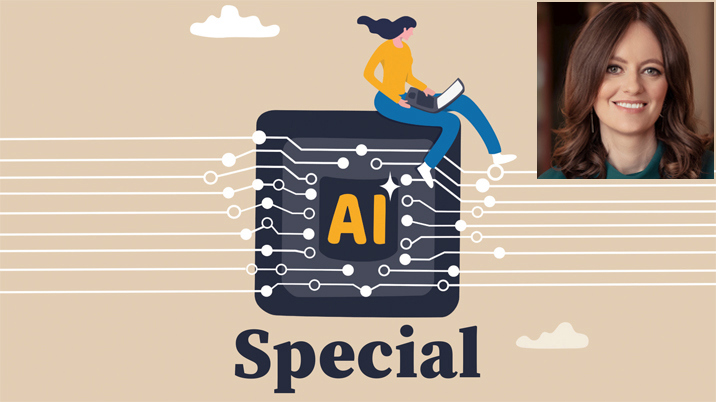
Q: How should publishers go about selecting the AI use cases most likely to generate ROI?
A: First and foremost, go back to your customer to find use cases that serve new parts of the value chain. What are your customers doing on either side of interacting with your content, and are there ways that GenAI powered services could help them to do these things faster and / or better?
You should also ensure you’re aligning with business goals, as that will affect the use cases you choose to move forward with. Understanding what your drivers are, for example, cost saving vs revenue generation vs opening new markets, will help you focus on selecting the most valuable path forward, as well as give you the outcomes you want to measure success against.
That being said, there are often multiple outcomes from working with GenAI – we’ve worked with clients who have been focused on internal efficiencies, say automating semantic tagging to relieve internal workloads, but then unlocked additional value that can be passed on to users or even spun into a new offering. Increasing internal efficiency is intrinsically linked to creating more customer value as it frees up headspace, person-hours and technology spend that can be directed towards better customer and commercial outcomes.
Once you’ve identified these opportunities, you can also use GenAI to structure your data so that you can monetise assets that have previously been left out of your propositions. You might even be able to build new propositions to serve new segments using your existing content. Examples include:
- third-party documents that go into producing a dataset which can form the basis of a knowledge base underpinning new products
- archival content that holds value in aggregate that can be mined for useful insights to support your customers’ future decisions
- publicly available datasets that could provide valuable enrichment to your proprietary data but would until now have required prohibitively expensive data science work to integrate
- conference recordings which contain valuable insights and whose transcripts could add depth and context to your publications
Q: What’s the best way of managing AI projects so as to deliver ROI?
A: Our tried and tested method of delivering maximum ROI with AI projects is to work in an agile fashion. Often, we start with a small proof of technology, testing the waters even before there’s a proof of concept to ensure things are possible as well as providing a hook to encourage buy-in from the rest of the business and the board.
Once that’s done, building out the use case and folding in customer feedback to improve and iterate on the idea is the best way to ensure you are producing something of real value to your users.
Throughout, it’s essential to involve commercial and operational stakeholders to ensure you are not only taking the right product to market, but that you’re also doing it in a way that captures as much value as possible.
While creating new products or extensions to existing ones, it’s a good idea to involve those teams to ensure those people tasked with selling are ready to do things slightly (or even radically) differently. For example, if you are building a product which is aimed at a new audience, your sales teams will need to be prepared to find and sell to a new segment, and you want them to be ready to do so as quickly as possible, otherwise you’re leaving money on the table while they upskill themselves.
Three top tips
- Look beyond AI as a task on the CTO’s to-do list. Embrace it as a paradigm shift in the way you produce and distribute content and the services you provide your community. It’s not just a chatbot on your website.
- Be very clear about the outcomes you want to achieve. While experimentation can be helpful, to ensure you are generating maximum ROI, you need to align your developments with the needs of your business and ensure they are delivering your commercial strategy.
- Trial different large language models to ensure maximum ROI based on what you need them to do. The marketplace is rapidly changing and is full of different options, with varying capabilities and weaknesses. You may be able to utilise an open-weight model and then train it on a highly specific dataset to give you the level of outcome you need – avoid overengineering a solution if it won’t release any additional value or revenue. This will also prevent you being paralysed by the fear that the technology you choose may become obsolete quickly – if you’re learning lessons and constantly iterating, you’ll be in the strongest position as the technology matures.
Jennifer and the other contributors to our AI Special took part in an ‘AI Special – Q&A’ webinar on Wednesday, 26 June. You can watch the recording by registering here.

About us
We are experienced technology and product experts working with specialist information publishers to grow the value of their businesses. We deliver a spectrum of consulting services, from strategic advisory to product discovery, development and engineering, to enhance the value of information businesses.
Email: jennifer.schivas@67bricks.com
Web: www.67bricks.com
This article was included in the AI Special, published by InPublishing in June 2024. Click here to see the other articles in this special feature.










